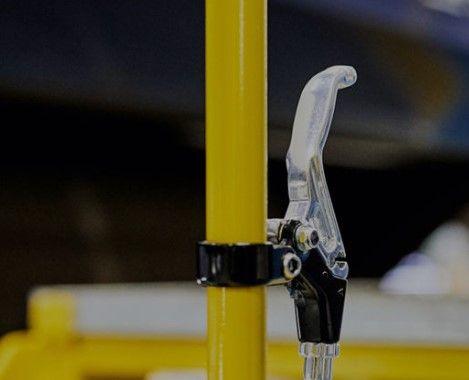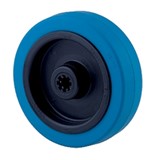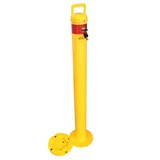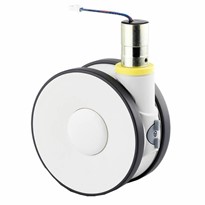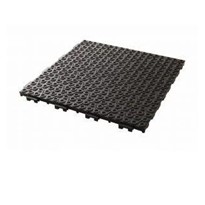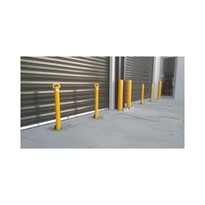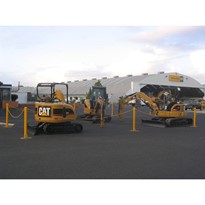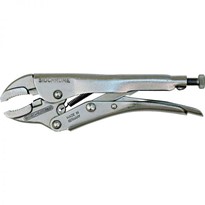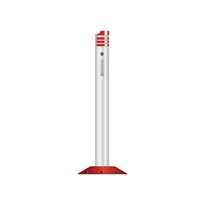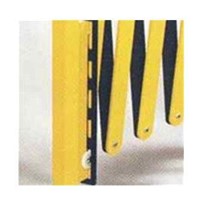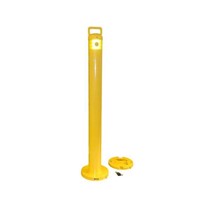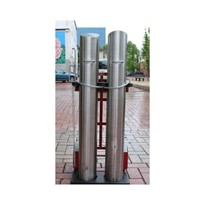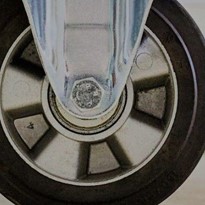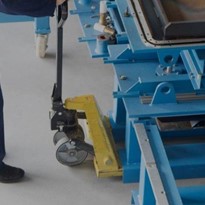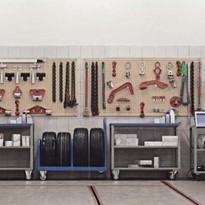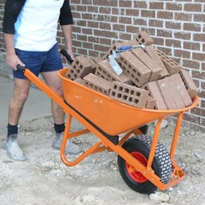Individual and central locks
The individual lock is fitted to one castor, while the central lock arrests several castors simultaneously. One example of an individual lock is the load-dependent lock. This brakes the wheels when they are not loaded and releases them when they are loaded. Systems such as these are used for chair castors, among other things
Central locks are useful if the castors are difficult to reach or if the equipment is regularly moved and stopped. The big advantage here is that several or even all of the castors can be locked with just one movement.
Wheel, directional and total locks
Castor locking systems are also broken down into simple wheel locks, which only lock the wheel itself and leave it free to swivel in the back bearing, and directional locks, which only prevent the castors from swivelling and thus allow them to act as fixed castors.
Fixed castors are advantageous in the case of hospital beds, for example, as they make it easier to push the bed in a straight line. Another option is a lock that brakes the wheel and also prevents swivelling at the same time. This is called a total lock. TENTE’s automatic locking system offers a particularly high degree of safety and flexibility. This easy-to-use system activates the lock as soon as the handle is released.


